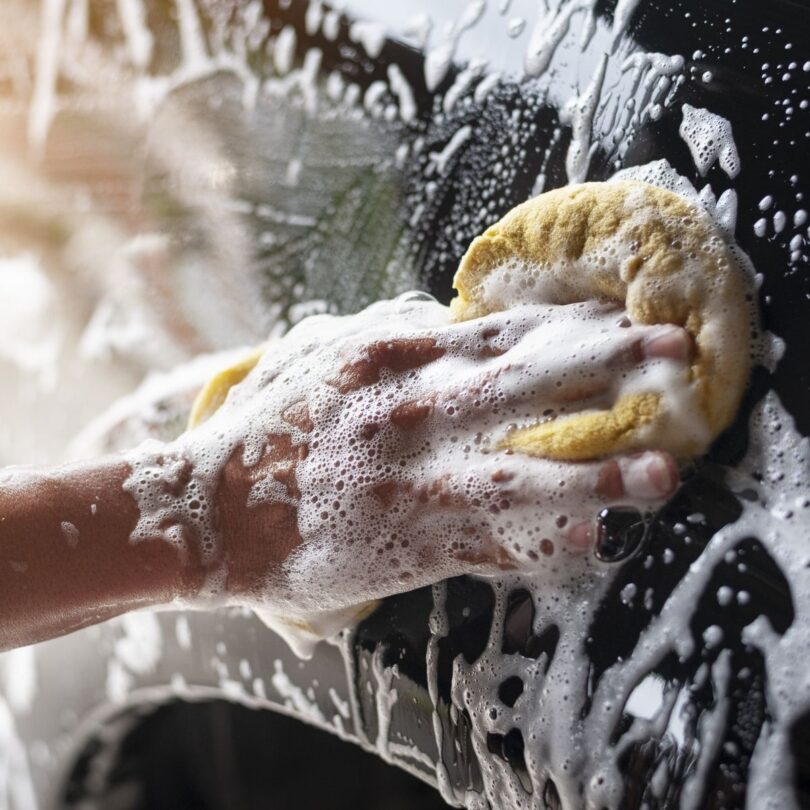No matter what, there are many ways to take care of a vehicle. From basic repairs to extensive cleanings, take note of the different ways you can preserve your vehicle for many years to come. This short guide on cost-saving DIY projects for new car owners will help.
Replace Windshield Wipers
Windshield wipers are some of the cheapest car accessories to buy today. It’s also incredibly easy to replace them when needed. Typically, replace the windshield wiper every year or until you see streaks or hear squeaking sounds. All you need to do is buy wiper blades, remove the old ones, and clip on the new ones. Check your owner’s manual to see which wipers fit your vehicle.
Extensive Car Clean
Another cost-saving DIY project for new car owners is extensive cleaning. You can use more than soap and water for a detailed car wash. In fact, there are plenty of car care items to consider for your next car wash to ensure a thorough job. These include wash buckets, car soap, upholstery shampoos, mitts, sponges, microfiber towels, wheel cleaners, tire cleaners, and much more. With some elbow grease, you’ll have your car looking as good as new. To be even more thorough, you should consider using touch-up paint to hide any scratches or small dents. Removing your vehicle’s rust and adding a few layers of touch-up paint is another great way to ensure a spotless detail.
Check Fluids, Hoses, and Belts
Car fluids need replacement every so often to ensure that the vehicle functions well. Check your owner’s manual to see when to replace the fluids. These include the coolant, engine oil, windshield wiper fluid, braking fluid, transmission fluid, and more. These fluids lubricate different parts of the vehicle so that it runs well. Similarly, check all hoses and belts to ensure they’re secure at their ends. Make sure there are no leaks, cracks, or frays. Pinch the belts to check their tautness.








